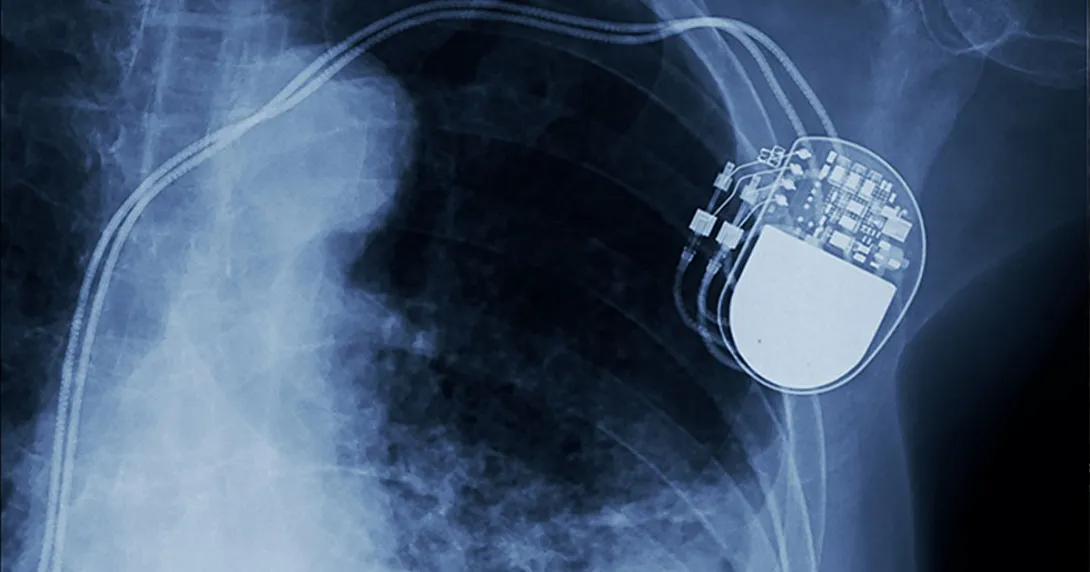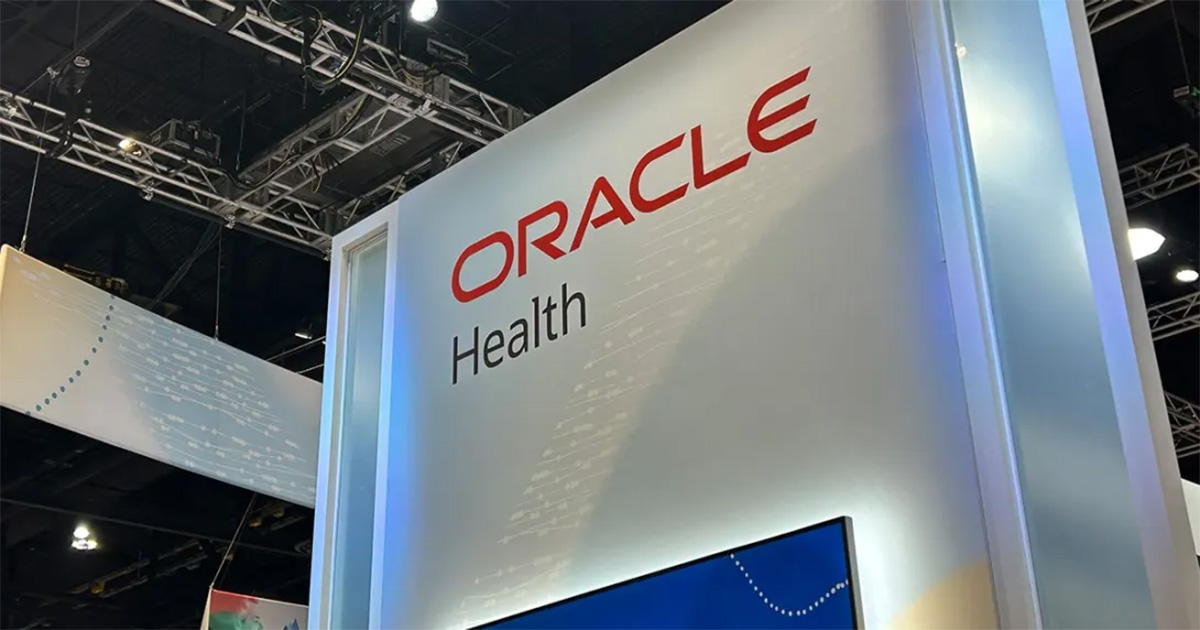It pays to be green. St. Charles Health System in Oregon cut its co-location power costs by 30 percent by leasing data storage space from a Tier III green disaster recovery center in its hometown. As a result of reduced data transport and co-location costs, St. Charles estimates a $7.1 million return on investment over a five-year period.
Bend Broadband, the company that built the 30,000 square-foot energy efficient data center it named Bend Broadbend Vault, touts its platinum certification as a Leadership in Energy and Environmental Design (LEED) operation.
What does it mean to be green?
“It means that it’s a very energy efficient facility: that we have some solar-powered, photovoltaic panels – 624 of them – so that we can generate electricity on our own. It also means in the construction of the facility, a lot of techniques were used and materials were used that were environmentally friendly,” says Leonard Weitman
Energy efficiency was one of several critical factors about the Vault that appealed to CIO Bill Winnenberg and his team at St. Charles.
 “The creation of this data center represents a real step forward for the St. Charles Health System and for BendBroadband,” Winnenberg says. “This is a key local partnership that establishes a foundation for the future of healthcare and technology in the region.”
“The creation of this data center represents a real step forward for the St. Charles Health System and for BendBroadband,” Winnenberg says. “This is a key local partnership that establishes a foundation for the future of healthcare and technology in the region.”
St. Charles likes to keep its money in the community, Winnenberg says.
And, BendBroadbend helps St. Charles keep more of its money for itself by reducing data storage costs.
The health system had previously stored its data in two places – at the hospital, and at a co-location center about 200 miles. Transporting data back and forth 200 miles via broadband lines was pricey.
Keeping the data close to home and avoiding the costs of building a data center of its own adds up to millions in savings.
Designed as a Tier 3, SAS 70 Type II-certified and HIPAA-compliant facility, BendBroadband Vault will provide the level of reliability and security that is critical to successful data center operations. It was designed to meet the stringent data storage and security needs for the healthcare industry as well as the financial, manufacturing and hospitality sectors.
So far, besides St. Charles, the Vault clients are a bank and a telecomm company.
“It turns out there are only two co-location centers in the United States that are Tier-3 certified. One of them is ours and the other is in Virginia, Weitman says.
To build a data center to be Tier-3 certified, it’s has to be what’s called concurrently maintainable, Weitman explains. “That means you could shut down some key system and everything will continue to run. In order to do that, you’ve got to have duplicate systems – backup systems. Every rack only needs one power supply. But we have two supplying to every rack. So that way if we have to do electrical maintenance – which you do have to do preventive maintenance periodically – we can shut one electrical system, and there’s no interruption at all to the racks.” So the data center can boast 99.999 up time.
The center uses flywheels to store power – as opposed to more commonly used batteries. If the power cuts out, the generators come on. But there’s there is brief time between when the power goes out and the generators come on, and the flywheels bridge the gap.
BendBroadband Vault leverages the high desert climate to create an energy-efficient data center facility where cool nights yield inexpensive cooling and sunny days provide solar energy.
“BendBroadband operates the most extensive fiber transport network in Central Oregon,” said Sean Handley, BendBroadband’s Director of Business Sales. “The addition of BendBroadband Vault, as an environmentally-friendly data center, addreses an important need in the Northwest as companies seek out facilities that meet stringent regulations, are LEED-certified and located in easily accessible, stable areas.”
“It’s going to be a unique market niche that we’ve got,” Weitman says.


